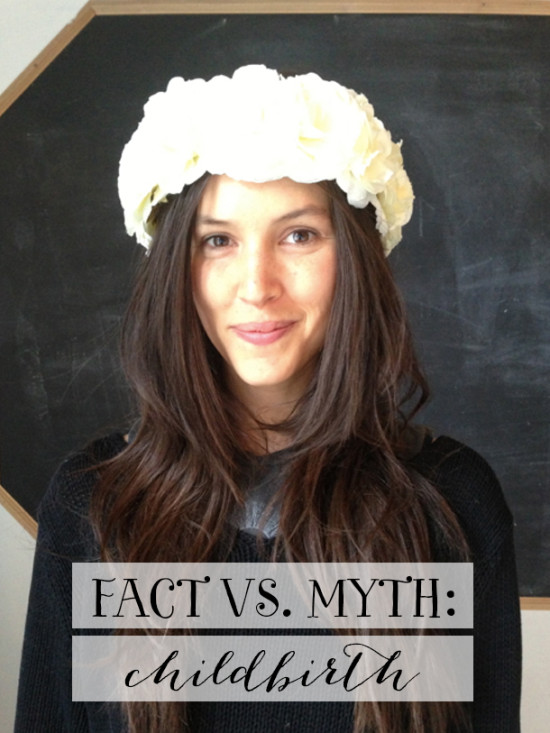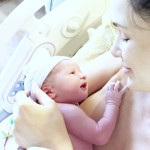Childbirth—we’ve all heard mixed messages, varying stories, conflicting opinions, and a diverse range of options when it comes to how childbirth “should” or “can” happen. Hollywood movies portray it one way, while your friends talk about it in another, and your family may also convey their experiences in yet more distinct and varying ways. So what are we to make of this when it’s our turn?
I hope that by discussing some of the Facts and Myths of childbirth we can navigate this journey together as mother, partner, or support person. For me, as a doula, childbirth educator, and midwife assistant, the following are the most frequently heard myths around the topic of childbirth.
“It hurts and there is nothing you can do except opt for the epidural.”
This is one of the greatest myths in childbirth. Not only do people experience the “intensity” of childbirth differently, some people may not even describe it as pain. If you’re experiencing pain during labor, as most do, there are many options that can help you manage it other than pharmacological pain relief.
“The Birth Partner” by Penny Simkin offers ideas for labor management that you, your partner, and/or your doula can work on together. From changing your position, to finding your own rhythms and breath, to using water, baths, showers, walking, sitting on a birth ball, massage, warm compresses, rituals, or changing the birth room to better fit your needs. She offers many options to help you cope if you wish to avoid the epidural.
“You have to push while lying on the bed.”
Not only is this not true, but this myth is also not physically beneficial. In “Lying In: A History of Childbirth in America,” we learn that the lying down position was only used as the norm after medical doctors began attending births. They chose this position for convenience to see the birth while still being able to drape the mother’s legs with a cover to protect her from the view of others in the room.
Traditionally, women have given birth in a variety of positions that feel right to them at the moment, from standing to hands and knees to side lying or semi-sitting or squatting. You can physically give birth in any position. Talk to your doctor about what positions they are comfortable with and if they are able to help you maneuver into various ones during the pushing phase.
“My friend had to have an emergency C-section, and I’m afraid this will happen to me.”
The truth is that most of the word-of-mouth birth stories might not be getting all the information, including all that lead up to what happened. There is also a discrepancy in the use of language that can be confusing. Different doctors make different kinds of decisions for different reasons and explain things differently to their clients. Sometimes the interventions that doctors use during the birth process lead to the need for more interventions.
Instead of getting worried about somebody else’s birth story, educate yourself so that you are able to ask questions and take ownership in your birth experience, wherever it may lead.
“I read all the books, took all the classes, and tried to have the perfect birth, but it didn’t go as planned. Now I’m worried that my baby and I won’t be able to bond, and it’s all my fault.”
Many midwives say, “Childbirth has the same guarantees as life does.” Meaning, there are so many ways that birth can go. It’s hard to ever estimate what it is or what it will look like.
The reason we have so many variations of stories and options is because there is no right and no wrong way to birth. It’s a personal journey of what feels right, what your health team recommends, and how your baby and you experience the transition to life outside of the womb.
Managing your expectations of the “perfect birth” or “birth plan” is one place to start. Educating yourself about your options will help to facilitate this so that when childbirth has unexpected avenues or paths, you will know how to make educated decisions and revise your plan as needed.
“The Baby Book” by Dr. Sears is a great resource after birth to facilitate bonding. Stay focused on the positive side of all the bonding and attachment that you and your baby will get to experience, and trust that as a parent, you’re always trying to make the best decisions for your child. This is parenting.
Warmly,
Hannah






